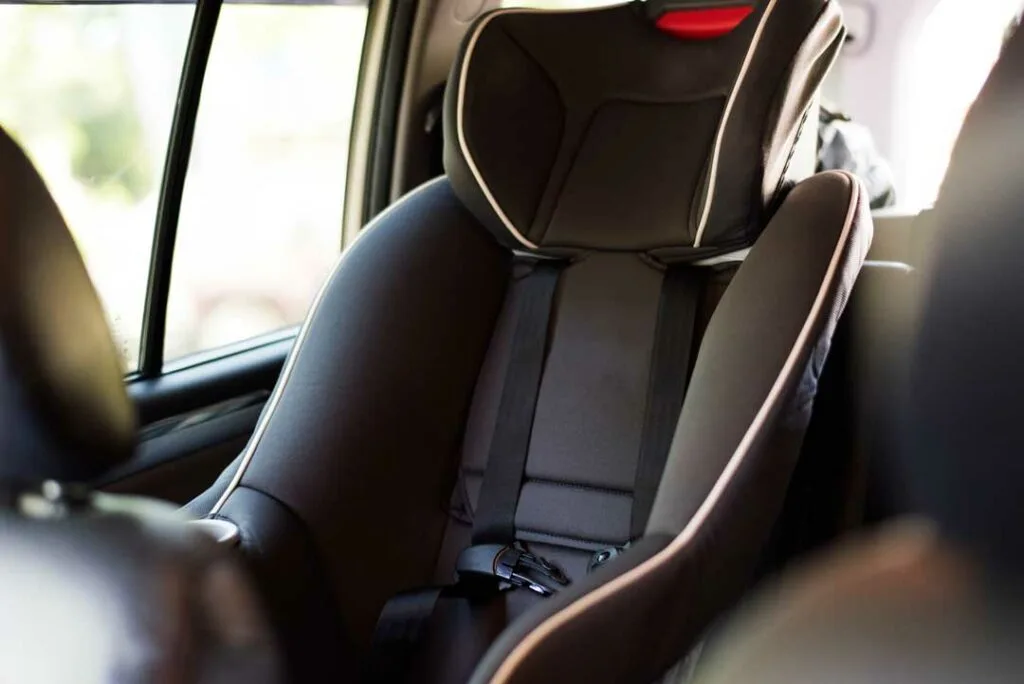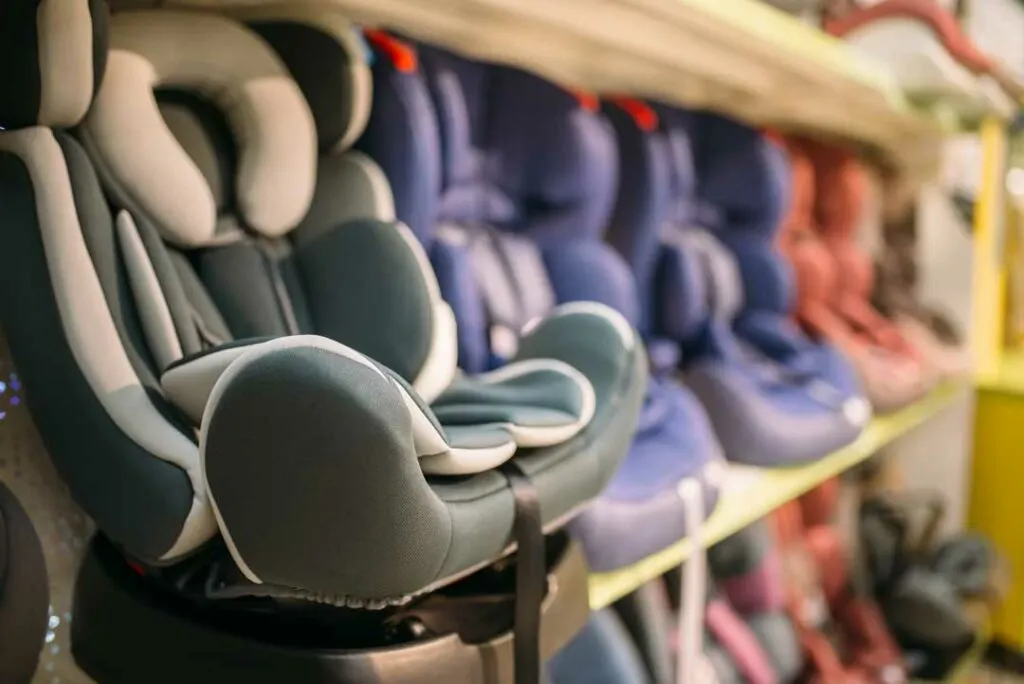The importance of safe child seats in cars cannot be overstated. Child safety seats are not just a legal requirement in many places—they are a critical component in protecting children from the risks associated with car travel. Due to their small size and developing bodies, children are particularly vulnerable in car accidents, making it essential to provide them with specialized protection that adult seat belts and safety features cannot offer. This article explores why safe child seats are essential, the benefits they provide, and considerations for parents and guardians.

Protection in the Event of an Accident
As mentioned by the car accident attorneys in Las Vegas, vehicle crashes are one of the leading causes of injury and death for children worldwide. Studies show that children restrained in child safety seats are significantly less likely to be injured or killed in a collision compared to unrestrained children or those using adult seat belts. In a crash, properly installed child seats reduce the risk of fatal injury by up to 71% for infants and 54% for toddlers. The seats are designed to absorb impact forces, distribute crash energy, and reduce the likelihood of severe injury to a child’s vulnerable head, neck, and spine.
Tailored Design for Child Physiology
Children’s bodies are not miniature versions of adult bodies; they have different proportions, muscle strength, and bone structure. A standard seat belt, which fits around an adult’s lap and shoulder, will not properly protect a young child and may even cause additional injuries during a crash. Safe child seats, on the other hand, are designed specifically for young bodies. They have built-in restraints and supports to cradle the child and keep them secure while also preventing ‘submarining,’ or slipping out from under the seat belt.
Preventing Ejection from the Vehicle
One of the most dangerous outcomes of a car accident is ejection from the vehicle, which significantly increases the risk of severe injury or death. A correctly installed child safety seat can prevent ejection, keeping the child secured within the relatively protected environment of the car’s passenger compartment. The seat’s secure installation and five-point harness system (in many models) work to keep the child in place even during violent impacts or rollovers.

Protecting Young, Developing Bones and Organs
Children’s skeletons are still developing, with bones that are more flexible but also more susceptible to serious injuries compared to adults. For example, the cervical spine and skull are still forming, which makes children more prone to head and neck injuries. Child seats are built to offer additional support for the head, neck, and spine. Rear-facing seats, in particular, are recommended for younger children because they help distribute the force of a crash across the child’s entire body, offering more protection for these vulnerable areas.
Legal Requirements and Standards
Most states have laws mandating the use of child seats up to a certain age or weight. These regulations are based on extensive research showing the effectiveness of child seats in preventing injuries. Additionally, child safety seats must meet rigorous safety standards, which means they undergo testing for crash safety, durability, and proper fit. While complying with these laws may seem like an inconvenience, they are in place to protect children from the serious, often life-altering consequences of car accidents.
Proper Installation is Key
The effectiveness of a child seat depends heavily on correct installation. Many studies show that a large percentage of child seats are not installed properly, which can dramatically reduce their protective benefits. Thankfully, most modern child seats now come with simplified installation systems, including features like ISOFIX and LATCH (Lower Anchors and Tethers for Children), which reduce the margin for error and make it easier for caregivers to secure the seat correctly. Many communities also offer free inspections and tutorials on child seat installation to help parents ensure that their seats are installed safely.
Choosing the Right Seat for the Child’s Age and Size
Another key aspect of child seat safety is using the appropriate seat type as the child grows. Infants need rear-facing seats to support their head, neck, and spine, while toddlers transition to forward-facing seats, and older children use booster seats until they can safely use the car’s seat belts. It’s crucial for parents to follow the guidelines on height and weight limits for each seat type and to ensure that their child is in the correct seat at all stages of growth.
In sum, safe child seats are essential for protecting young passengers in vehicles. They are designed to address the unique vulnerabilities of children’s bodies, helping to prevent severe injuries or fatalities in the event of a crash. While they require some effort to select, install, and use correctly, the benefits they provide in terms of safety and peace of mind far outweigh the inconvenience. Every child deserves a safe journey, and a child safety seat is one of the best tools for ensuring that safety.

Jessi is the creative mind behind The Coffee Mom, a popular blog that combines parenting advice, travel tips, and a love for all things Disney. As a trusted Disney influencer and passionate storyteller, Jessi’s authentic insights and relatable content resonate with readers worldwide.
